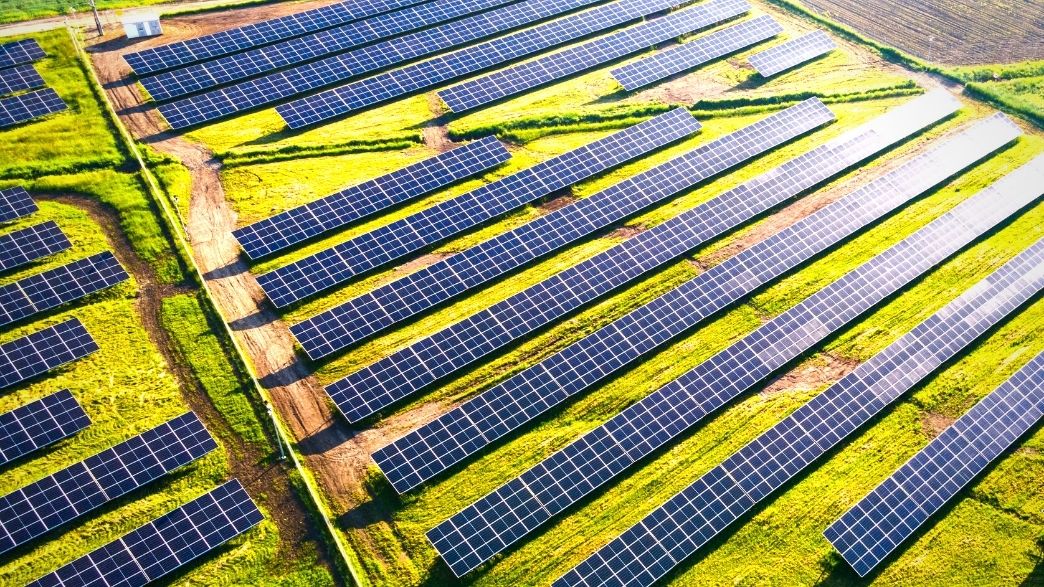Solar energy reaches 23.9 GW, passes the wind source and becomes the 2nd largest source of energy in Brazil.
Solar energy in Brazil has evolved in an unimaginable way in recent years, with great adoption in the last decade. In early 2023, the source surpassed wind energy, which has 23.8 GW of installed capacity, becoming the second source of renewable energy for the country, reaching almost 24 GW, according to the Brazilian Association of Photovoltaic Solar Energy (Absolar).
The technology is present in all Brazilian states, the five largest in installed capacity being, respectively, Minas Gerais, São Paulo, Rio Grande do Sul, Paraná and Mato Grosso.
In addition to being a clean and renewable source, growth was boosted in 2022 by the end, in January 2023, of the distribution fee exemption benefit until 2045. From now on, new projects will be framed in new rules, which have the objective of progressively reducing exemptions.
The growth of solar energy in Brazil
Brazil is a large country with plenty of sunlight, which makes this type of generation viable for the country. Solar energy offers numerous benefits, including lower emissions, lower costs and a 100% renewable energy source.
Another advantage of the font is its cost. The cost of production has dropped over the years. Associated with the recurrent increases in the cost of energy in Brazil, users felt driven to invest in the model, thinking now and in the long term.
The increase in projects was so great in 2022 that the source started the year with 13 GW of installed power. That is, there was a growth of 84% in less than a year. With the new milestone, solar energy currently accounts for 11.2% of national capacity. Hydroelectric plants continue to be the country’s main source, producing 51.3% of capacity.
Of the 23.9 GW of installed power from the solar source, 16.2 GW are from distributed generation, that which is installed on roofs and small plots of land, and the remaining 7.7 GW come from large centralized power plants. In total, there are 1.5 million solar systems connected to the grid.
The future of energy source
The sector has seen the growth of recent years with excitement, but certainly these numbers will grow more slowly from now on. The exemption in the energy distribution fee until 2045 was defined by the Legal Framework for Distributed Generation, but the adhesion period has already ended.
Federal deputies tried to extend the deadline for another six months, but the matter was not analyzed in the Senate before the parliamentary recess. Critics say that subsidies must end, as they enable higher-income consumers to carry out the installation while costs are shared with other consumers, regardless of income bracket.
For experts, Brazil has all the characteristics to become a sustainable power, but it is essential that energy policies reduce subsidies and incentives from fossil sources and direct this to clean and renewable sources.
According to data from Absolar, the sector attracted more than BRL 45 billion in investments in 2022, a 64% increase in investment compared to 2021. In addition to investments, the sector generated 280,000 new jobs and reached an accumulated figure of 117 billion of reais in business generated in the sector since 2012.
In any case, renewable energies have gained prominence in recent years and incentives and growth should increase, as this also makes the country more competitive, strengthens energy security and helps to achieve global targets for reducing pollution.
Holder of the concession for two photovoltaic plants under construction in the State of Piauí, in the municipalities of Altos and Campo Maior, totaling 10MW of installed capacity. Rio Poti Energia invests in the development of sustainable and environmentally responsible generation projects. The two plants in the State of Piauí do not emit polluting gases and have low maintenance costs, adding savings in energy consumption contracts under the Public Private Partnership. Know more.

Comment